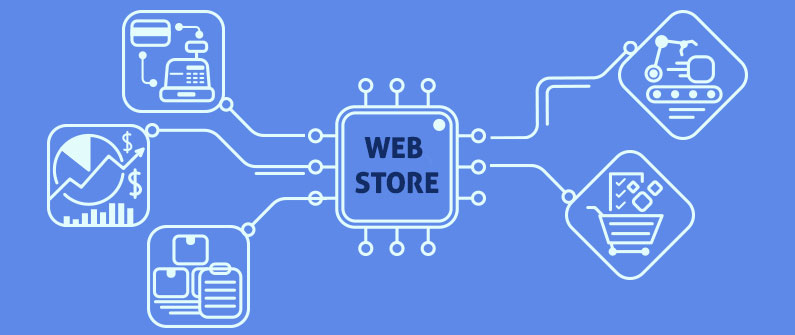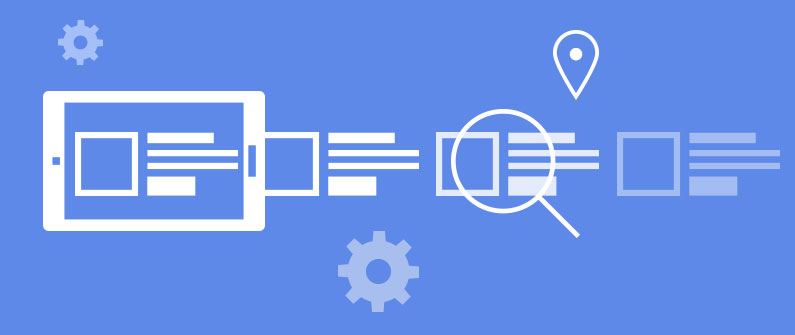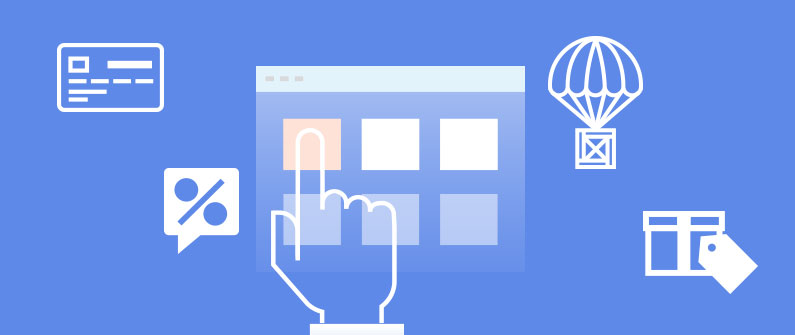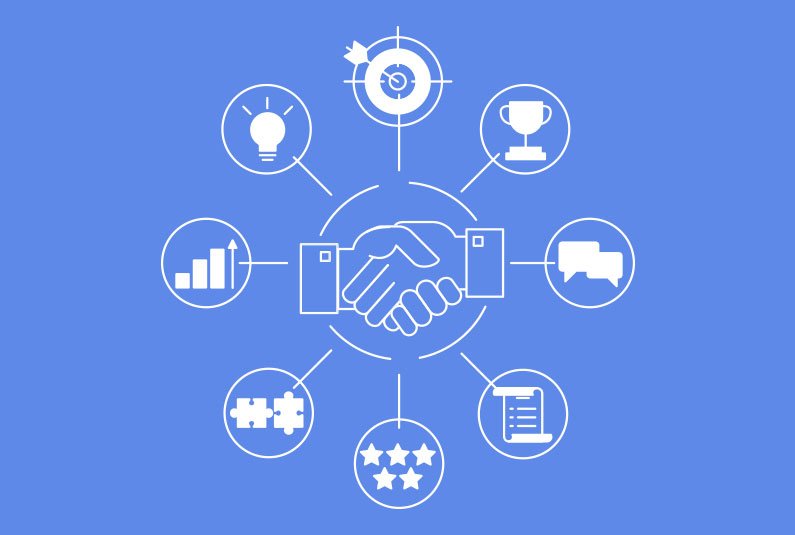51% of all Americans prefer to shop online according to research done by Rose Leadem, freelance writer for Entrepreneur.com. And what we experience in our personal, consumer lives is spilling over into our business lives. Other research bears this out as well.
- Self-service usage increased from 67% in 2012 to 76% in 2014. (Forrester)
- 45% of companies offering web or mobile self-service have reported an increase in site traffic and a decrease in phone calls. (Destination CRM)
- 40% of customers prefer self-service to human contact. (Steven Van Belleghem)
- 90% of consumers now expect a brand or organization to offer a self-service customer support portal. (Fonolo)
- 60% of consumers view a brand with a mobile-responsive self-service option more favorably than one that doesn’t. (Fonolo)
So, as a wholesale distributor, if you accept the rising statics for the adoption of online purchasing by your customers, how do you give them what they are demanding?
When it comes to a business to a business (B2B) shopping experience, one size does not fit all. The typical business to consumer (B2C) model doesn’t fit. At least in most cases. The B2B market has interesting nuances that the B2C market doesn’t. And to be successful in your online endeavor, you need to address them to give your customers and prospective customers an experience that will keep them coming back to you as their preferred supplier.
Let’s take a close look at what makes a B2B site different.

1. Integrated to Your Back Office
This is arguably the biggest consideration in developing a B2B web store. A properly integrated solution addresses a multitude of challenges that a non-integrated, or poorly integrated solution can’t. In a properly integrated solution there should be one point of maintenance for any data in the system.
Your back office should be the primary data source with any product, pricing, and customer data being made available to the web store in an automated process. Orders and payment should also flow automatically from the web to the accounting system for fulfilment. There will be no need to maintain 2 sets of data, one for your accounting system and one for the web. There will be no need to export, import, or manually key web orders into the accounting system. There will be one version of the truth that all systems operate from.
A properly integrated web store will minimize maintenance and reduce your overall cost of ownership.

2. Customer Specific Experience
Typically a B2B web store will be gated so customers are required to enter their login credentials to gain access and buy. Those login credentials should provide the shopper with information that is specific to them.
Once a customer logs in, a properly integrated web store will provide an experience that is specific to them. That can include their pricing, the products that they are eligible to purchase, their credit terms, and, optionally, even a unique look, feel, and navigation.
Let’s say you are a supplier for both Coke & Pepsi, for example, and you have a web store where they can order supplies from you. Imagine the power of delivering a Pepsi experience to those customers with their product names and descriptions, Pepsi branding and messaging while delivering a different, Coke experience to Coca Cola customers; all from the same web site.
Those are just a few of the things that you can provide with a properly integrated B2B web store.

3. In and Out Quick
One factor that you need to pay very close attention to is making it easy for your customers to buy from you. Make your site easy to navigate so they can place their orders quickly without having to navigate through multiple pages and endless menu structures to find what they’re looking for. As few mouse clicks as possible should be your focus.
Multiple Order Methods
Making it easy to do business with you may means providing multiple ways to place an order. A well designed web store should allow your customers to choose from different ordering methods. Here are a few examples:
- Private catalogs – Similar to a wish list, a private catalog allows your customers to create their own catalogs of frequently purchased products. So rather than navigating your entire product catalog they can go directly to the products that they want allowing them to get that order in quickly. You can provide a quick link from your home page so it’s easy to get to their catalog.
- Order from prior – In the B2B world many customers place orders to replenish their inventory. From week to week or month to month these orders can be very similar. Providing customers with the ability to recall a prior order and simply add it to their cart as a new order will speed up the replenishment process for them. A well designed and properly integrated system will provide current pricing and allow quantities to be adjusted in the shopping cart.
- Quick order pad – You can think of this as a web-based order entry form. Often your customers are familiar enough with your products that they can use a dynamic order form to place their orders. Having some sort of smart finder on the form will make this even easier. A smart finder will allow customers to enter any part of an item SKU or description (or other criteria like competitor part number) and bring up a list of available matches for the characters entered. Again, this is a quick and easy way to place an order and get back to work.
- Most frequently purchased items – This will allow your customer to view and purchase items from a list of what they purchased over a specific period sorted by the most commonly purchased items.
Of course you’ll want to expose them to other products and there are elegant ways to do this without a laborious navigation process. You can use features like Suggested Products or Customers Also Bought to highlight specific, related products. You can use a featured products section on your home page to highlight new products or products on special. There are a myriad of options to expose other products to customers that won’t hinder their task of getting that order in quickly and getting back to work.

4. Customer Portal
In the B2B world there are more customer interactions than orders. You’ve got a potentially long history of dealings with your customers that could date back years. All that information is normally stored in your accounting system or other systems like a CRM system.
Increasingly, B2B customers are demanding the same experience they get in their personal lives, like those they experience on shopping platforms such as Amazon. They want to see their purchase history, access to past invoices, account standing, and even to pay outstanding invoices online, among other capabilities.
Once again, a properly integrated solution will provide this, and have the ability to serve up that data regardless of whether that transaction originated from the web store or not. If it’s in the back office systems, it should be available, if required, on a customer portal.
Having this capability will raise your profile as a technology savvy supplier who is easy to do business with.

5. Sales Rep Portal
If you’ve got sales reps in the field, make showroom sales, do business at trade events or conferences, or any other activities where your sales staff need the ability to place orders on behalf of customers, then you may benefit from a sales rep portal.
Again, with a well-integrated solution your sales people can have access to all relevant customer information and process orders on their behalf. In a similar way that a customer portal provides account details to your customer, the same can be provided for your sales staff. Either complete details or some subset of that information will allow your staff to deal more effectively with your customers while they’re away from their desk.

5.5 Loyalty
This last one gets a .5 because it isn’t really a feature of an integrated ecommerce platform. Rather it’s a byproduct of that system.
What you’ll experience by providing the capabilities discussed here is that your customers become more “sticky” because it’s so easy to do business with you. You’ve put the power and control in their hands. That gives them the ability to do business with you on their schedule, not yours. And with the click of a mouse they can self-manage their business with you, when it’s convenient for them, 24/7.
So if you’ve started to explore your options for taking your business online or updating your tired old web site, be sure to consider the points discussed here. It will pay huge dividends.

